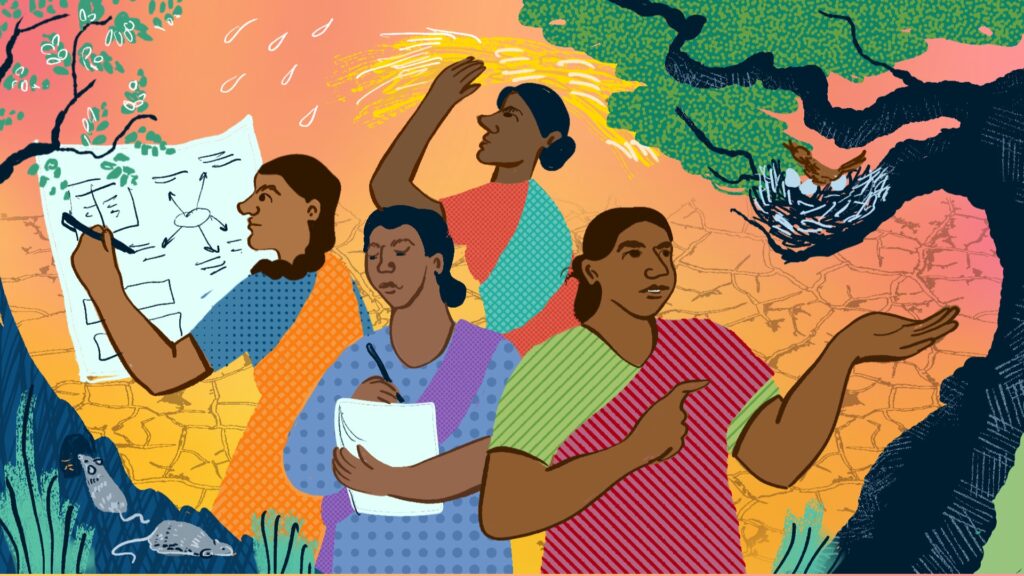This week we brought you a lovely story from the depths of the water-starved Marathwada district where climate change is intensifying heat spells leaving villages looking like desertscapes. Farming is increasingly threatened, as is food and security. The Jal Jeevan Mission that is supposed to bring water to every tap in the country has not managed to ease the Marathwada crisis.
Since the very severe drought of 2015, which set off a cyclic crisis that has yet to end, the situation has worsened in Marathwada. It has claimed the lives of thousands of farmers and pushed entire families to migrate. In 2016, the water scarcity was so severe that water had to be transported by train from Mumbai to Marathwada.
As is often the case, it is the women who bear the heaviest burden of the crisis: managing drinking and household water, running households on reduced income, ensuring food security for the family, and handling the health impacts of the drought.
It is not surprising then that it took a group of women from Dharashiv district to proactively work on drought resilient techniques of farming and living. In the midst of this a group of women teamed up to go back to indigenous practices of forecasting drought.
One of their initiatives is a set of traditional indicators that villagers have always believed foretell an impending drought. Are the rodents storing more grains than usual? Are the birds building higher up on trees? Have the summer birds not put in an appearance yet? Or the tamarind delayed fruiting? Many of these have logical and scientific explanations to them backed by wisdom that comes from experience. Some do not. These indicators are now being widely shared through WhatsApp by the women in the village along with tips on climate-resilient farming practices.
Using these, the team has formulated ideas for drought preparedness measures with women farmers who themselves suggested solutions. Growing certain kinds of dry resistant vegetables, preparing and storing preservable dehydrated dumplings and fries. And storing fodder for animals and foodgrains for the household when a drought is impending.
The group is also trying to pull more women into cultivating a piece of land owned by their family and growing vegetables, greens, and pulses on it. By growing vegetables like eggplant, pumpkin, tomatoes, chilies, cluster beans, okra, drumsticks, spinach, and onions, and pulses like pigeon peas, black gram, green gram, and chickpeas, they saved about Rs 12,000–15,000 annually on vegetable and pulse expenses.
Read our story here.






